Cutting resin can be a challenging yet captivating aspect of working with this versatile material. Resin, a popular choice for crafting jewelry, decorative objects, and even functional items, often requires precise cutting to achieve the desired shapes and sizes.
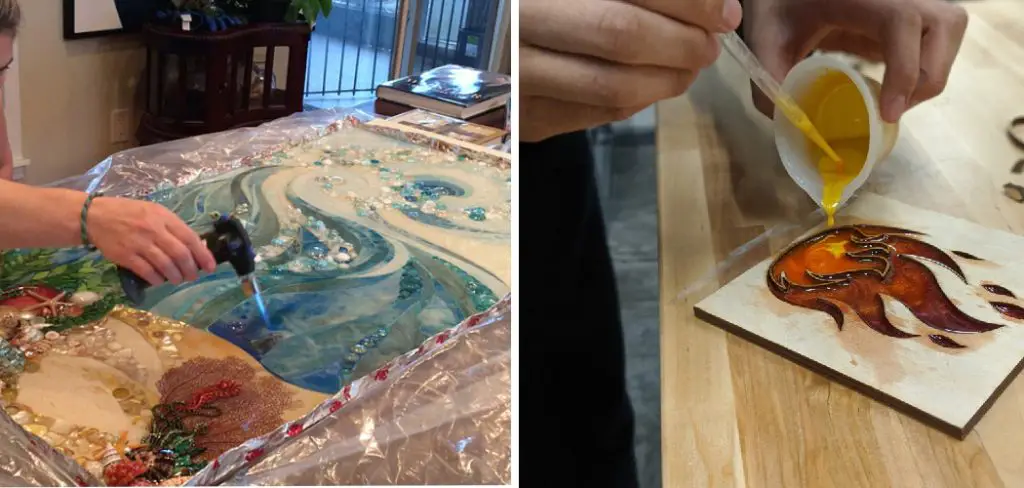
Whether you’re an experienced artisan or a novice eager to explore the world of resin crafting, understanding how to cut resin is crucial for creating beautiful, polished pieces. Resin, with its glass-like appearance and durability, opens up a realm of creative possibilities, but improper cutting techniques can lead to unwanted flaws.
In this article, we’ll dive into the essential steps and techniques for cutting resin effectively and safely. From choosing the right tools to mastering the art of shaping and finishing resin pieces, you’ll gain the knowledge and skills needed to turn your resin projects into stunning works of art.
Whether you’re looking to create intricate resin jewelry or custom home decor, this guide will empower you to cut resin with confidence and precision.
The Importance of Knowing to Cut Resin
Resin is a popular material used in various art and craft projects. It is a versatile material that can be molded, cast, or used to create intricate designs. However, working with resin requires some specialized tools and techniques, especially when it comes to cutting it.
Knowing how to cut resin properly is essential for achieving clean and precise cuts. Whether you are a beginner or an experienced resin artist, understanding the different methods of cutting resin will not only enhance your skills but also save you time and money in the long run.
In this guide, we will discuss why it is important to know how to cut resin and give some tips on how to do it effectively.
Why Cutting Resin Matters
Cutting resin may seem like a simple task, but it can actually make a significant difference in the outcome of your project. Here are some reasons why knowing how to cut resin is crucial:
- Clean and Precise Cuts: Cutting resin accurately allows you to achieve clean and precise cuts, which are essential for creating professional-looking artwork.
- Control Over Resin Shapes: When cutting resin, you have better control over the shapes and sizes of your resin pieces. This is especially important when creating intricate designs or working on a specific project that requires precise measurements.
- Time and Cost-Efficient: Knowing how to cut resin properly can save you time and money in the long run. It eliminates the need for trial and error, which can result in wasted materials and added costs.
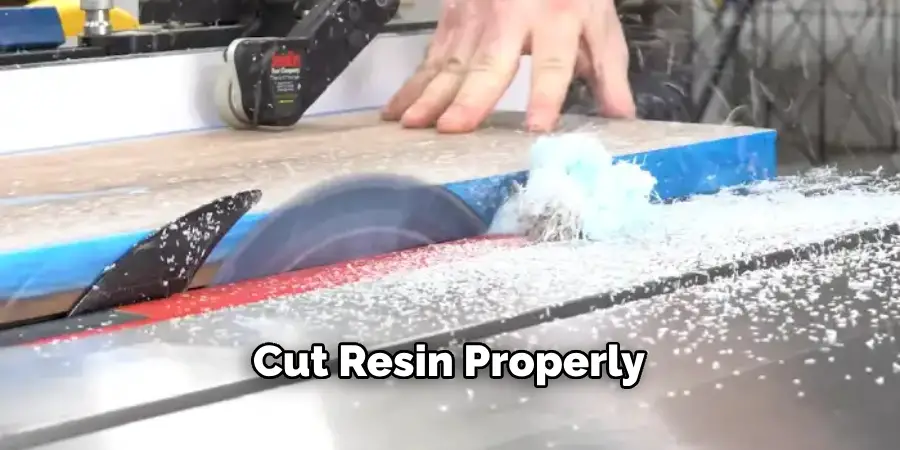
10 Methods How to Cut Resin
1. Use a Saw
One of the most common methods for cutting resin is to use a saw. This can be done with either a hand saw, or a power saw, depending on the size and thickness of the resin. When using a saw, it is important to use slow and steady strokes in order to get an even cut. Additionally, it is important to wear protective gear such as goggles and gloves when using any type of saw.
2. Use a Hot Knife
A hot knife is another method that can be used to cut resin. This involves heating up a metal blade with an electric current and then pressing it against the resin in order to melt through it. This method is best suited for thin sheets of resin as thicker pieces may require too much heat and cause the blade to become dull quickly.
3. Use Scissors
Scissors can also be used to cut through thin sheets of resin. However, this method should only be used for small pieces as larger pieces may require more force than scissors are able to provide. Additionally, it is important to use sharp scissors in order to ensure an even cut without any jagged edges.
4. Use Sandpaper
Sandpaper can also be used as an abrasive tool to cut through resin. This method works best on thin sheets of resin, as thicker pieces may require too much force or time in order for sandpaper to make an effective cut. It is also important to use high-grit sandpaper in order to prevent any jagged edges from forming on the finished product.
5. Use A Dremel Tool
A Dremel tool can also be used for cutting through the resin by attaching a cutting wheel to its head and then running it along the desired line that you wish to cut along. This method works best on thin sheets of resin as thicker pieces may require more power than what a Dremel tool can provide in order for an effective cut to be made.
6. Use An Angle Grinder
An angle grinder is another powerful tool that can be used for cutting through thick pieces of resin with ease due to its high RPMs (revolutions per minute). When using this method, it is important to always wear protective gear such as goggles and gloves in order to prevent injury from flying debris or sparks created by the grinder’s blade while cutting through the material at high speeds.
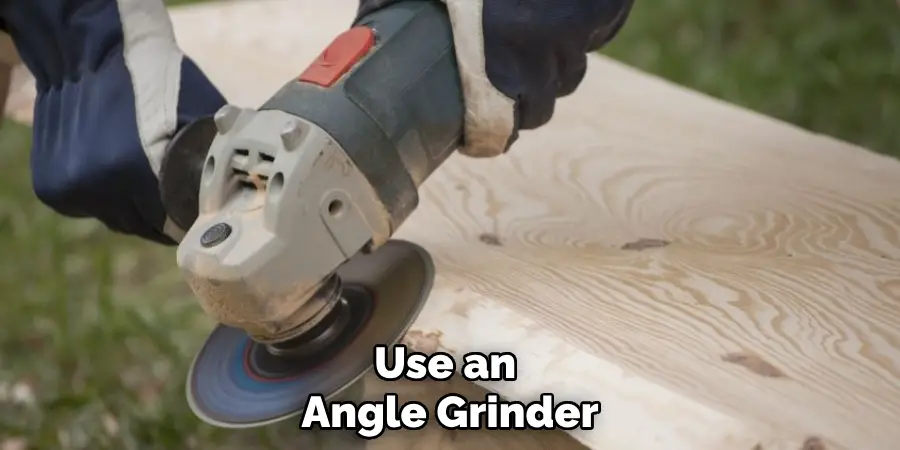
7. Use A Router
A router is another tool that can be used for cutting through thick pieces of resin with precision by mounting different types of bits onto its head which allows you to shape out intricate patterns into your desired piece of material.
When using this method, it is important that you always clamp down your workpiece securely before starting so that you don’t accidentally move your material while routing out your design.
8. Use A Jigsaw
A jigsaw can also be used for cutting through thick pieces of material by attaching different types of blades onto its head which allow you to shape out intricate patterns into your desired piece of material.
When using this method, it is important that you always clamp down your workpiece securely before starting so that you don’t accidentally move your material while cutting out your design. Additionally, since jigsaws run at high speeds, it’s important that you always wear protective gear, such as goggles and gloves, when operating one.
9. Use A Band Saw
A band saw is another powerful tool that can easily slice through thick pieces of material with ease due to its long blade, which allows you to make long straight cuts without having to worry about overcutting or damaging your workpiece.
Additionally, since band saws run at high speeds, it’s important that you always wear protective gear, such as goggles and gloves, when operating one.
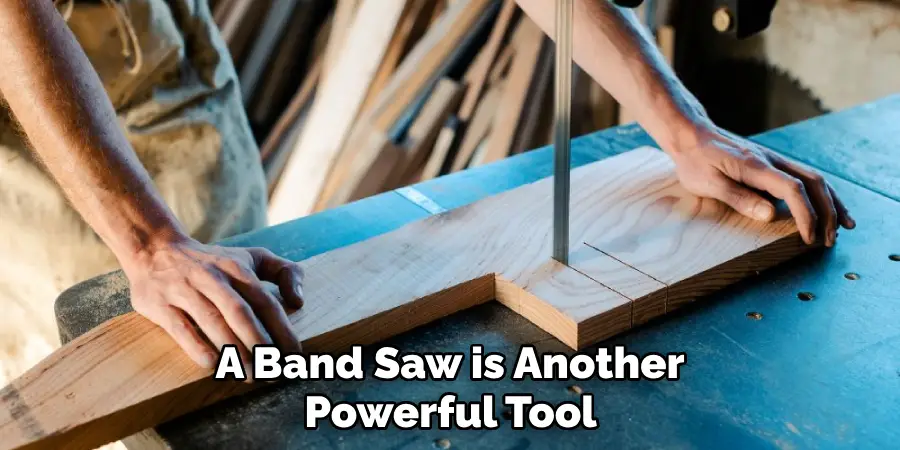
10. Use An X-Acto Knife
An X-Acto knife (also known as a craft knife )is typically used for precision cuts on thin materials such as paper, plastic, wood, etc.. but they are also great tools for making detailed cuts into thicker materials such as resins due to their sharp blades which allow them to make clean, precise cuts without having worry about overcutting or damaging your workpiece.
When using this method, however , it’s important that you always keep your fingers away from the blade so that there is no risk of injuring yourself during the operation.
Things to Consider When Cutting Rasin
Resin is a versatile material used in various crafts, such as jewelry making, art projects, and even furniture. It is a beautiful medium that allows artists to create unique and intricate designs. However, cutting resin can be a challenging task if not done properly. In this guide, we will discuss the things you need to consider when cutting resin.
Safety First
As with any crafting project, safety should always be your top priority. When working with resin, it is essential to wear protective gear, including gloves, goggles, and a mask. Resin can emit strong fumes that can irritate the eyes and throat, so make sure you are in a well-ventilated area or wear a respirator.
Choosing the Right Tools
The type of tools you use can greatly affect the quality of your cuts. For resin cutting, a sharp and fine-toothed saw is recommended. A scroll saw or coping saw works well for smaller projects, while a band saw is better for larger pieces. It is important to choose a blade that is appropriate for cutting resin and has a high tooth count.
Marking Your Cuts
Before cutting resin, it is crucial to have a clear plan of where you want to cut. Use a marker or pencil to mark the areas where you want to make your cuts. This will help guide your saw and ensure precise cuts.
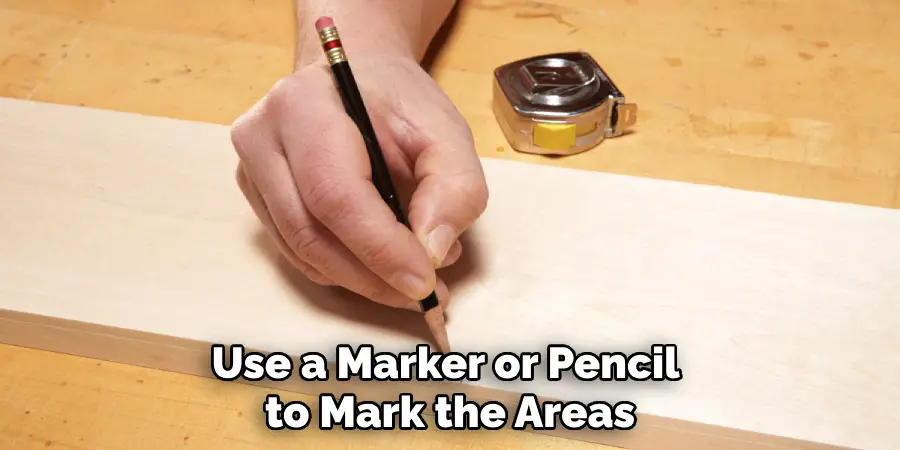
Common Mistakes to Avoid When Cutting Resin
Resin cutting can be a tricky and tedious process, but with the right knowledge and skills, it can also be a rewarding one. However, there are some common mistakes that people make when cutting resin that can lead to disastrous results. In this section, we will discuss these mistakes and how to avoid them.
1. Not Wearing Proper Safety Gear
The most important thing to remember when cutting resin is safety. Resin dust can be harmful if inhaled and the liquid resin can cause skin irritation or burns. Therefore, it is essential to wear proper safety gear such as goggles, gloves, and a respirator mask when working with resin. Failure to do so can result in serious health issues.
2. Not Measuring Accurately
Resin cutting requires precise measurements in order to achieve the desired outcome. Many people make the mistake of eyeballing or estimating the amount of resin needed, which can result in an uneven and unpredictable final product. It is important to use accurate measuring tools and follow the recommended ratios for resin mixing.
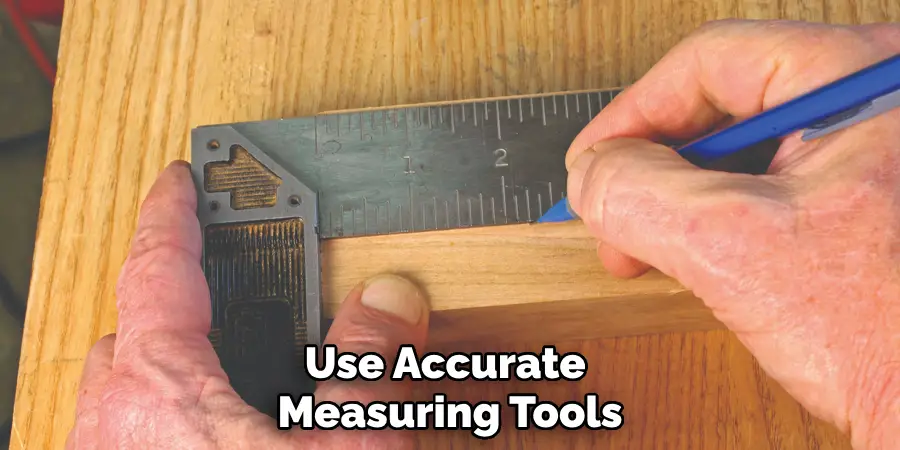
3. Not Properly Preparing the Work Area
Before starting any resin cutting project, it is important to properly prepare the work area. This includes making sure the surface is clean and level, and using a protective cover to avoid damage from spilled resin. It is also advisable to have good ventilation in the work area to prevent buildup of resin fumes.
Conclusion
As you can now clearly see, cutting resin is a simple task that anyone with the right information and tools can do. It’s an incredibly useful skill to have because it gives you the freedom to create various pieces of art out of virtually any material – and all at a fraction of the cost! With practice, you’ll be able to cut resin perfectly every time.
So why not give it a try? If you follow the steps provided in this blog post, you should find success in learning how to cut resin for all your artistic needs. And don’t forget: if something doesn’t sound quite right or isn’t turning out as expected when cutting your resin, seek advice from an expert who has more experience and knowledge with these materials. Good luck on your creative journey!

